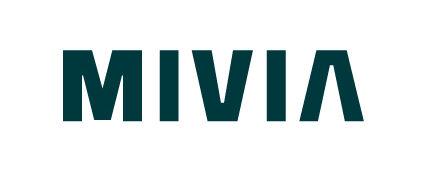Is AI financially viable for metallographic laboratories?
Is AI worthwhile for metallographic laboratories? As a laboratory manager, you are faced with the challenge of evaluating innovative technologies, increasing efficiency and keeping costs under control at the same time. How to analyse your costs.

Navigation
Why AI in metallographic laboratories?
In order to draw up a cost-benefit analysis, we first want to look at the benefits of AI in microstructure analysis.
AI has the potential to optimise numerous processes in metallographic laboratories. These include automating image analysis, improving defect detection and speeding up data processing.
AI can significantly improve your work processes and lead to greater accuracy and efficiency.
But what does AI in metallography cost me?
Cost factors can differ depending on the individual approach. There are three ways to obtain a functional AI model.
You can train AI models completely yourself. You train with your own employees on your own machines.
Suppliers such as Zeiss with their arivis Cloud on the other hand, offer to train modules yourself using their toolkit and cloud infrastructure.
The third alternative is to purchase ready-trained modules or to have modules trained by a service provider. This is what we offer at MiViA.
Here is a clear breakdown of the costs
| In-House | Cloud Training | Fertig/Dienstleister | |
| Initial Cost | Hardware (servers, computers, GPUs), software (licences, programming) | New computers, costs for training data, software licence costs | Additional developments if required |
| Labour cost | Own team, training, working hours, development | Labour time for training, Training | Training |
| Running cost | Maintenance costs, update costs, training costs, high electricity costs | Subscription, New models | Subscription |
What is important, however, is what you need yourself. Highly specific requirements may only be met through in-house training.
Already trained modules, on the other hand, shine with a large database of different analyses. AI models are generally more accurate when more training data is available.
As a cost reference for the calculation you can use our Pricing für die abgeschlossene Lösung nehmen.
As a cost reference for the completely self-built solution, we can give you some reference values of our costs.
The initial investment in the training server is around € 50,000.00. The server for the running models costs € 30,000.00. Electricity for training the models (excluding labour costs) is approx. 1000 € and the electricity costs for operating the models are approx. 350.00 € per month for very active users.
So nützt KI mir im Unternehmen
Whether you do everything yourself, use training software or utilise the ready-made module. The advantages are always clear.
- Increased efficiency
- Automation: Automated analysis processes reduce manual effort and speed up results.
- Faster throughput times: AI can process large amounts of data in less time, which significantly reduces throughput times.
- Cost reduction
- Labour cost: Automation of certain tasks can reduce personnel costs.
- Error avoidance: Lower error rates lead to fewer rejects and rework, which reduces material costs.
- Better quality
- Precision: Higher accuracy in analysis and error detection increases product quality.
- Consistency: Consistent and reproducible results increase the reliability of the processes.
- Competitive Advantage
- Innovation: Companies that focus on AI at an early stage can gain a technological advantage.
- Positioning: Better quality and faster delivery times strengthen the market position and customer loyalty.
Long-term rentability
The initial investment in AI technologies can be high, but long-term considerations show that the savings and efficiency gains often exceed these costs.
Careful planning and gradual implementation can help to spread the financial burden while realising the benefits from the outset.
